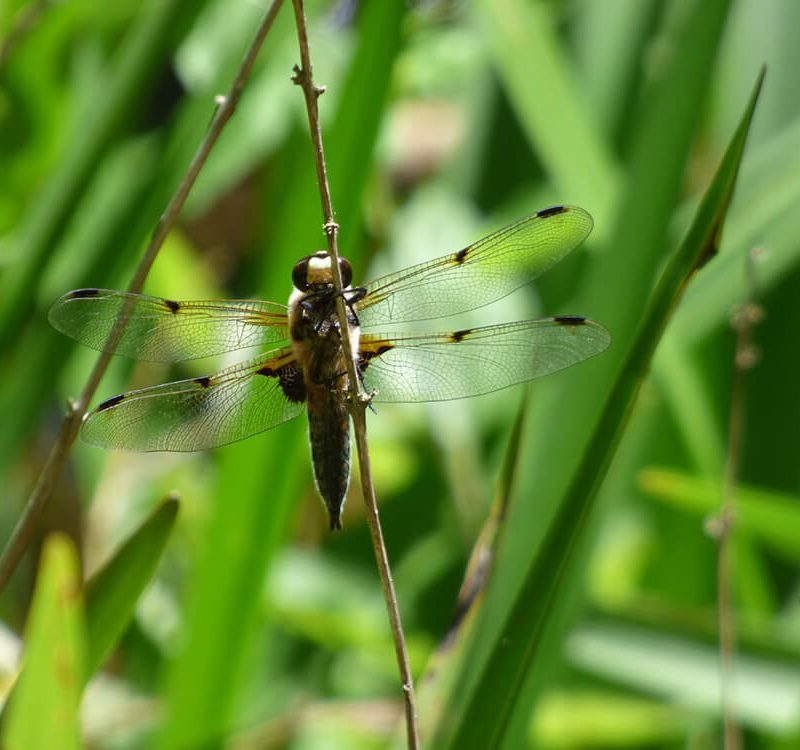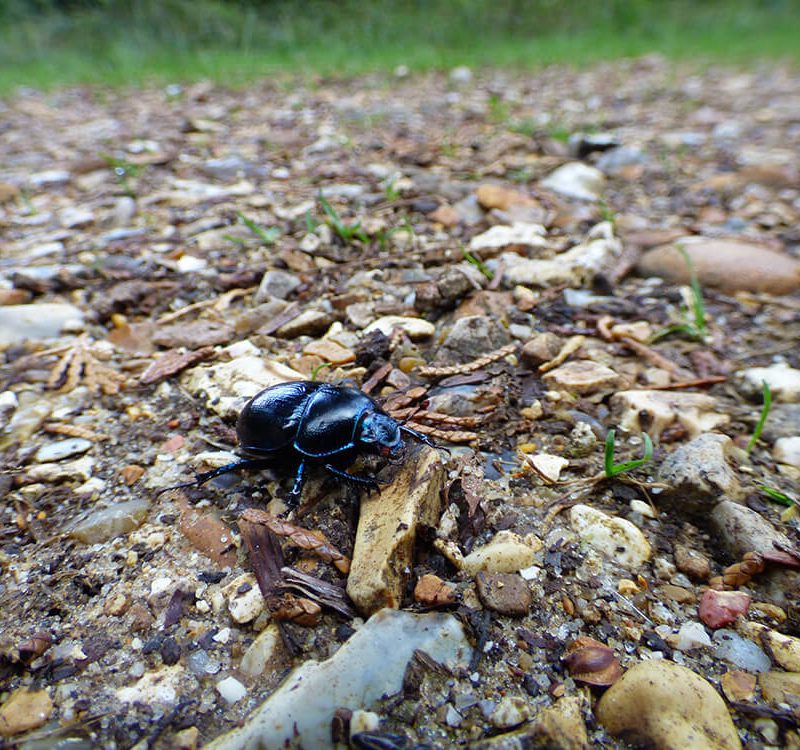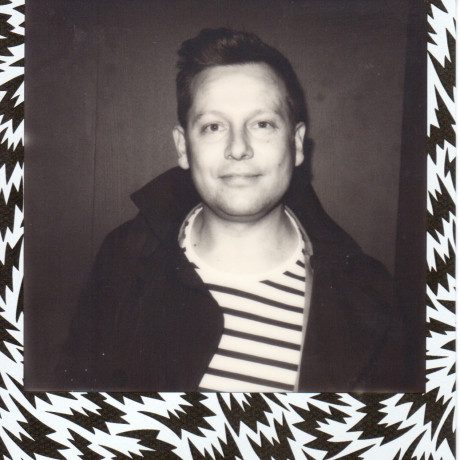Shooting Wildlife with Sara Humphrey: #2 Insects
There’s an old saying in media, ‘never work with animals or children’ but when it comes to photography, good wildlife images are some of the most challenging and rewarding to create. The satisfaction comes from the hard work that goes into orchestrating the perfect shot, capturing the sense of beauty and personality that wildlife evokes, and a large element of luck. Many professionals will spend 5-6 hours in place waiting for the perfect shot, particularly of rare species or hidden behaviours.
Fortunately, we’ve come up with some expert advice to help you get the most from the time you have available, whatever level you may be at! In this series with Sara Humphrey, we start by covering insects, birds, mammals and reptiles/amphibians.
I found that learning more about my subject gave me a real advantage with wildlife photography. You can be the most talented photographer in the world, but if you can’t get close to a fox, or focus on a flock you will never do justice to the image you are trying to capture. Investing some time in researching your subject will help you more than you realise!
Sara Humphrey, wildlife photographer
Insects
As a photographer, insects can be some of the easiest living subjects to work with, as many tend to stay obligingly still, even if you get up close and personal. Butterflies and dragonflies get a lot of the attention, but in actual fact, if you look closely most insects are mini marvels; bright flashes of warning colour and armoured shells.
Getting up close
To really do justice to insects through a lens you need to get up as close as possible. Taking a macro approach will help you capture the detail and complexity of the body, eyes and depending on your camera, even antenna. If you are photographing a subject with wings, you may want to adjust your angle until you find a backdrop that complements the detail of the webbing. Keeping the background in soft focus will help the subject pop, as you can see from this dragonfly image.

Here, as much of the wing definition as possible has been captured, but when the background is too similar to the colouring of the wing, the definition is reduced. You can see an example of this on the left-hand side of the image. For these types of images, I would suggest taking multiple shots with a slightly altered focus for each. Even with a good viewfinder zoom, it is hard to ensure that you have captured the level of detail required until you have seen the image in full screen. I’ve often come home frustrated that what I thought was a quality image, yet it actually lacked the definition that I was after.
Capture something new
Make the insect the focus of your image, rather than part of a wider picture, and don’t underestimate the importance of composition. This simple butterfly picture is made far more interesting by the presence of a second insect. It might not be the highest quality image, but the relationship between the two insects within the picture tells a story to the audience, almost anthropomorphising the creatures, and suggesting a conversation between them.

Many insects have an almost metallic finish. Use light to your advantage to accentuate these interesting and unusual features.This dung beetle [yes, you do get them in the UK] almost looks like a heavily armoured vehicle navigating rough terrain.
Ensuring the level of the lens is level with or below the subject for insects found at ground level helps capture a moment not many people see, giving the audience a new experience and understanding.

Knowing where to find them
If you are hoping for butterflies and bees, look for food plants, particularly buddleia and lavender, or brambles. Alternatively, you can create a simple butterfly feeder at home, which can help temporarily attract them to your lens. Dragonflies and damselflies tend to be found near water although they can be difficult to photograph while moving. Look for them resting on tall upright stems or overhanging leaves, allowing yourself time to focus.
For beetles, centipedes and a whole host of otherworldly creatures, gently lift dead wood and leaf matter in gardens and
forests. These species like damp, dark places, but can often be found out in the open after rain showers.
That’s it for now – until next time.
You can read Sara’s bio on the PhotoBite Team Page


